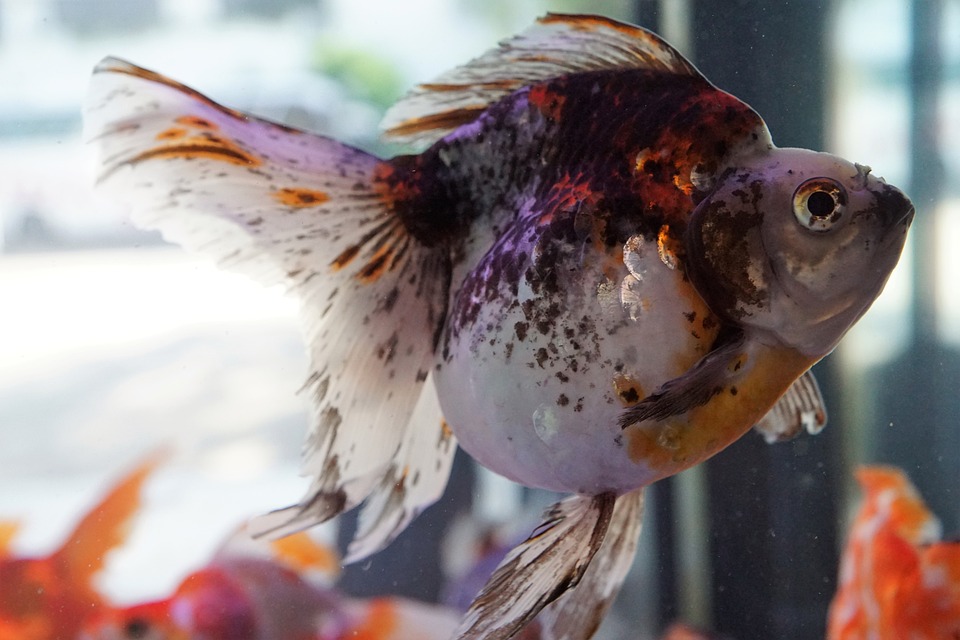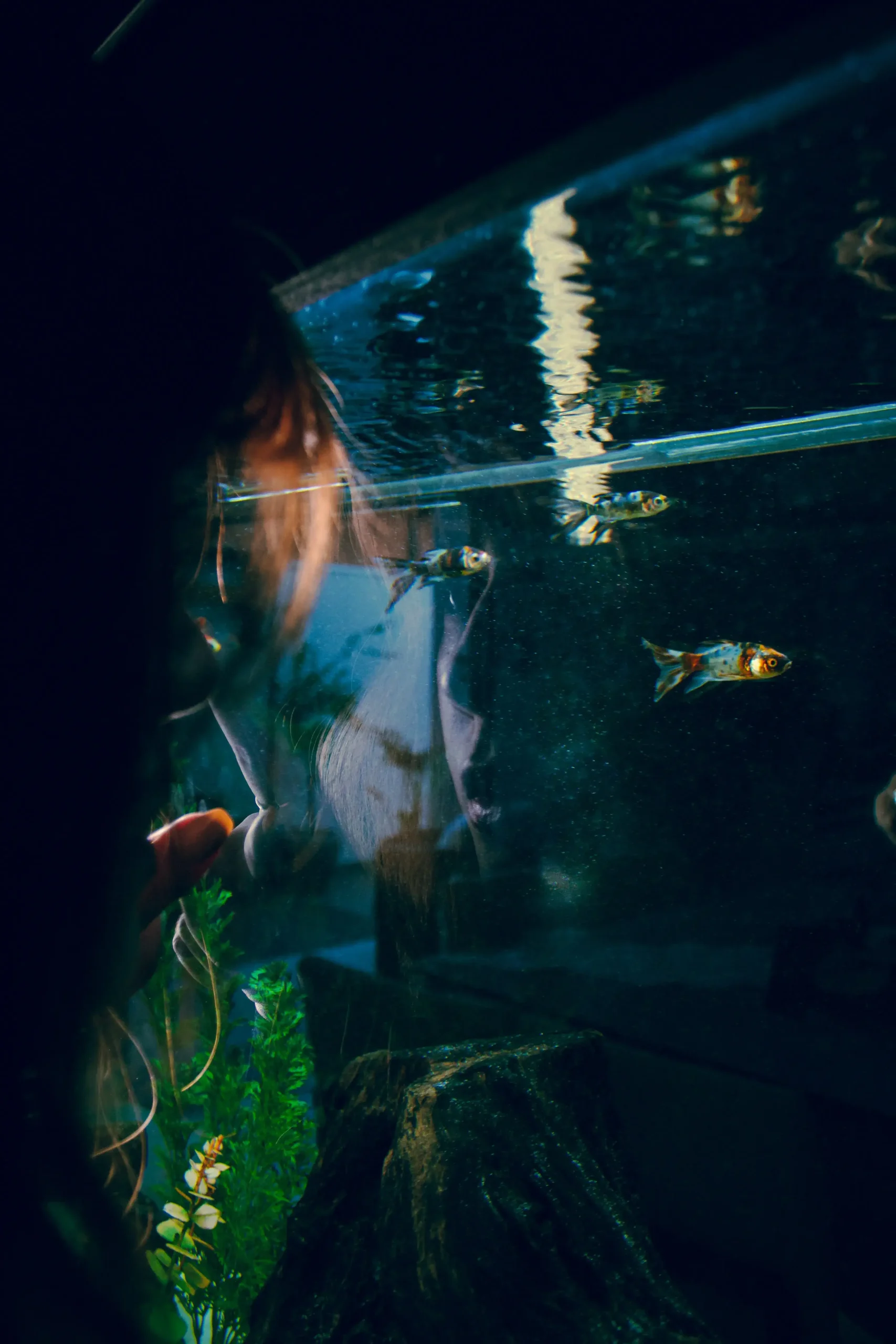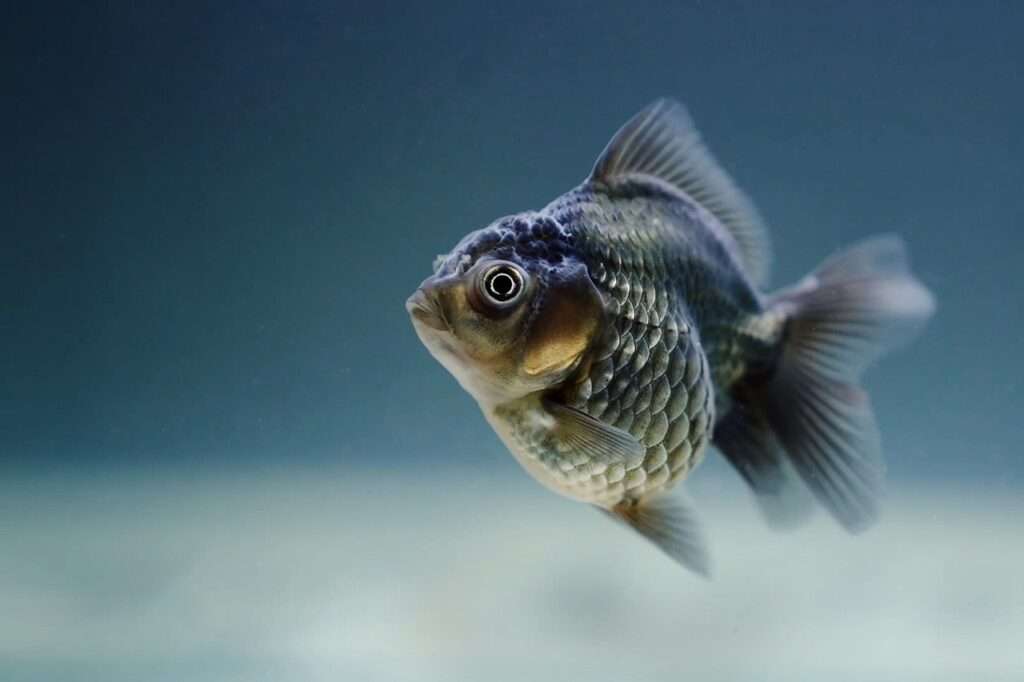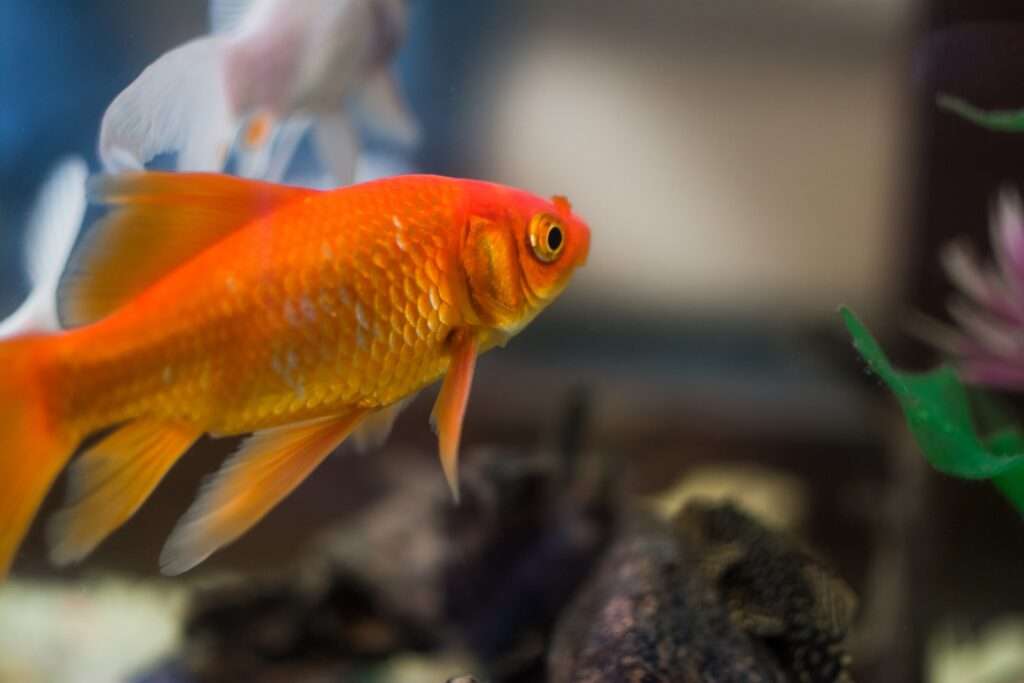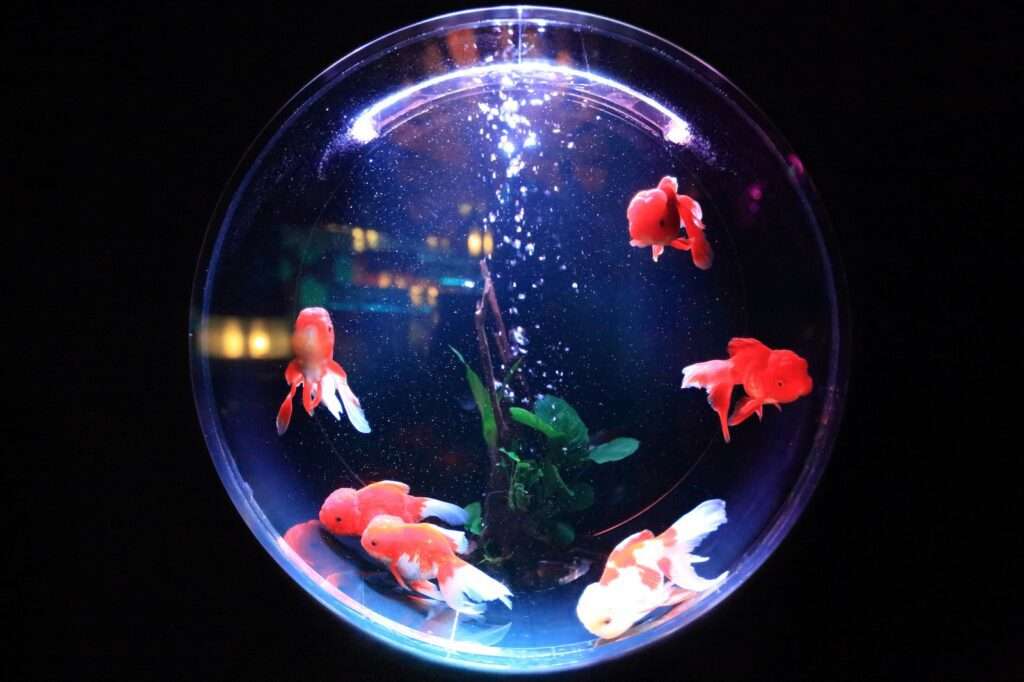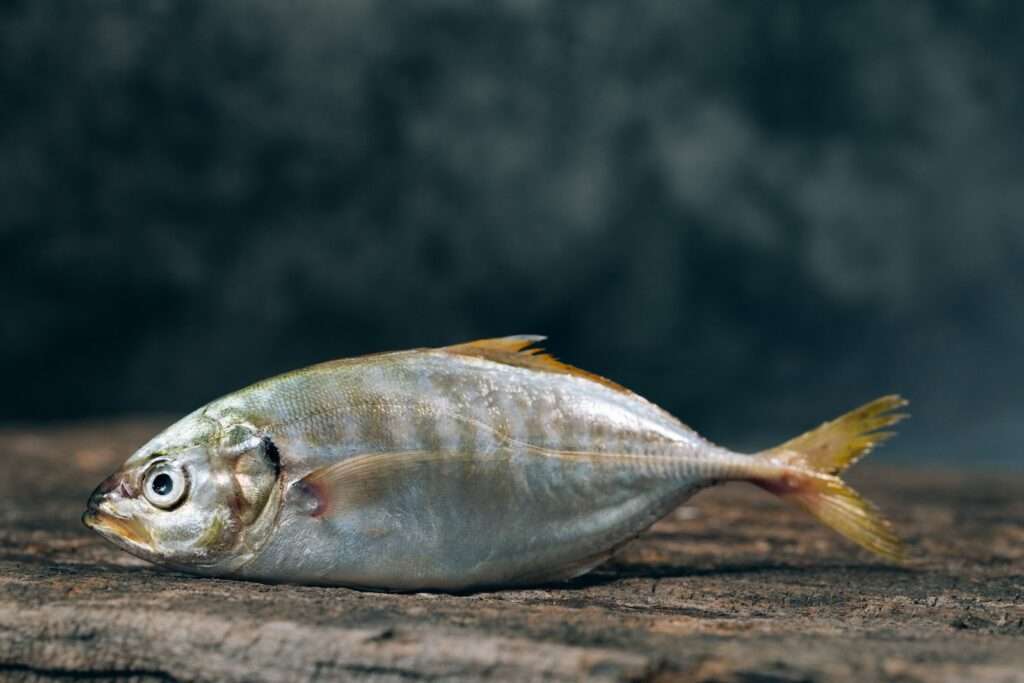Feeding your fish is more than just a simple task of tossing some flakes into the tank. To ensure the health and well-being of your aquatic friends, it is crucial to optimize feeder settings for fish tank fish. In this comprehensive study, we will explore the various factors to consider when setting up your fish feeder and provide expert tips on achieving the best feeding results.
Understanding the Importance of Feeder Optimization
Feeding your fish is not just about providing them with sustenance; it is about ensuring their overall health and behavior. Proper feeding can prevent diseases, promote growth, and enhance the vibrant colors of your fish. Optimizing feeder settings plays a vital role in achieving these goals.
Choosing the Right Feeder for Your Fish Tank
When it comes to selecting a feeder for your fish tank, you have the option of manual feeding or using an automatic feeder. Each approach has its pros and cons. Manual feeding allows you to have direct control over portion sizes and feeding times, but it requires consistent availability. On the other hand, automatic feeders offer convenience, especially for busy individuals, but may lack accuracy and portion control.
When evaluating feeder features, consider factors such as accuracy, portion control, and programming options. Some feeders allow you to set specific feeding times and portion sizes, ensuring that your fish receive the right amount of food. Additionally, it is essential to consider the specific needs of your fish species. Some species may require frequent or specialized feeding, which may influence your choice of feeder.
Determining Feeding Frequency and Portion Size
Assessing the nutritional requirements of your fish is crucial for determining the appropriate feeding frequency and portion size. Different fish species have varying dietary needs, and it is essential to research and understand these requirements. Balancing regular feeding with occasional fasting is also necessary to mimic their natural feeding patterns.
Guidelines for determining portion sizes can vary, but a general rule of thumb is to feed an amount that your fish can consume within two minutes. Overfeeding can lead to health issues and water quality problems, so it is important to be mindful of portion control.
Time of Day: Finding the Optimal Feeding Schedule
The time of day can significantly impact fish feeding behavior. Some fish are more active and eager to eat during specific times, while others may be more sluggish. Factors such as lighting, temperature, and natural feeding patterns play a role in establishing a feeding schedule.
Experimenting with different feeding times can help you observe your fish’s response and determine the optimal schedule. Monitoring their behavior and adjusting accordingly will ensure that they receive their food when they need it most.
Adjusting Feeder Settings for Water Conditions
Water conditions can greatly influence fish feeding behavior. Temperature affects digestion and appetite, while water quality and cleanliness can impact their willingness to eat. Monitoring and adapting feeder settings based on these conditions is essential for maintaining a healthy feeding routine.
FAQs
– Can I rely solely on automatic feeders for fish feeding?
While automatic feeders offer convenience, it is important to periodically monitor your fish and their feeding habits to ensure their well-being.
– How often should I adjust the feeder settings?
Feeder settings should be adjusted as needed. Monitoring your fish’s behavior and response to feeding will help determine if any changes are necessary.
– What if my fish don’t eat all the food within the designated feeding time?
If your fish consistently leave uneaten food, consider reducing the portion size or adjusting the feeding schedule. Uneaten food can lead to water quality issues.
– Can I use different types of food in an automatic feeder?
Yes, most automatic feeders can accommodate various types of fish food, including flakes, pellets, and freeze-dried options.
– Are there any risks associated with overfeeding fish using automatic feeders?
Overfeeding can lead to health problems and water quality issues. It is crucial to set appropriate portion sizes and monitor your fish’s behavior to prevent overfeeding.
– How can I prevent clogging or jamming of the fish feeder?
Regularly cleaning the feeder and using high-quality fish food can help prevent clogging or jamming. It is also important to follow the manufacturer’s instructions for maintenance.
Conclusion
Optimizing feeder settings for fish tank fish is a crucial aspect of responsible fish care. By understanding the importance of feeder optimization, choosing the right feeder, determining feeding frequency and portion size, establishing an optimal feeding schedule, and adjusting settings for water conditions, you can ensure that your fish receive the best care and nutrition. Remember to always monitor your fish’s behavior and make necessary adjustments to create a balanced and healthy feeding routine.

